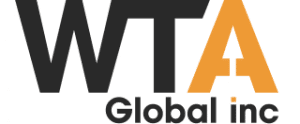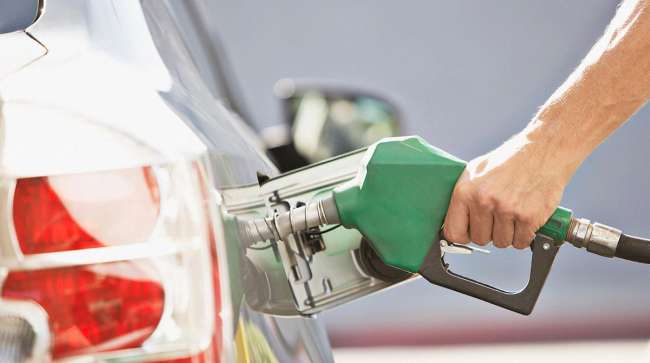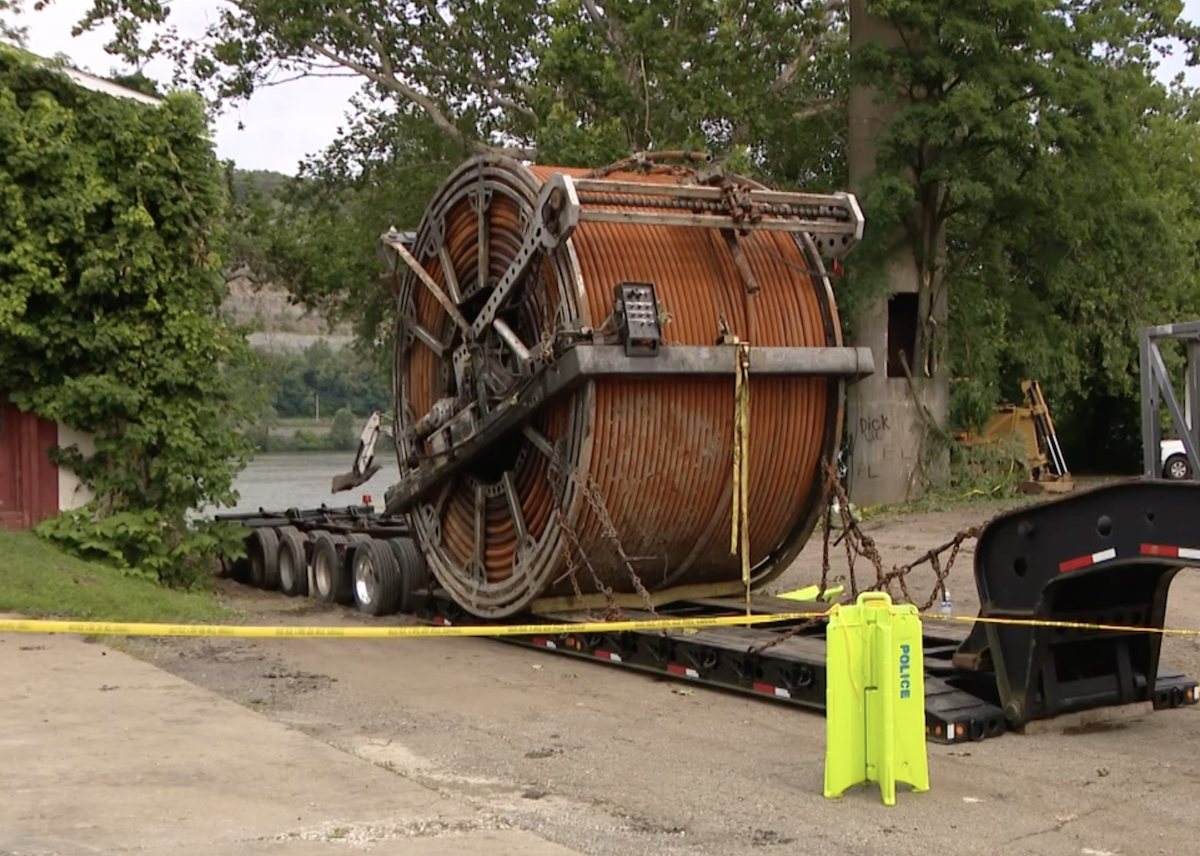Gas prices fell in March. (Tom Merton/Getty Images)
WASHINGTON — U.S. inflation declined last month as the cost of gas fell, a sign that price growth was cooling even as President Donald Trump ramped up his tariff threats.
Consumer prices rose just 2.4% in March from a year earlier, the Labor Department said April 10, down from 2.8% in February. That is the lowest inflation figure since September.
Excluding the volatile food and energy categories, core prices rose 2.8% compared with a year ago, down from 3.1% in February, the second straight decline. Economists closely watch core prices because they are considered a better guide to where inflation is headed.
The report shows that inflation is mostly cooling after remaining stubbornly elevated through the fall and winter. Core prices were stuck at 3.3% for five months before slowing in February. Still, most economists expect that remaining tariffs could lift prices a bit later this year.
CPI for all items falls 0.1% in March; gasoline declines https://t.co/dJyJeKlXDJ #CPI #BLSdata
— BLS-Labor Statistics (@BLS_gov) April 10, 2025
Trump had imposed sweeping tariffs on nearly 60 nations last week, which sent financial markets into a tailspin and caused sharp drops in business and consumer sentiment. Yet on April 9 he paused those duties for 90 days. He kept a steep 125% tariff on all imports from China and 25% duties on steel, aluminum, imported cars, and many goods from China and Mexico.
The remaining duties are still likely to lift inflation this year, economists say, even with the 90-day pause on some tariffs.
The delay of the sweeping tariffs will likely limit upcoming price increases and has reduced the chances of a recession, economists say. Yet the uncertainty surrounding whether the duties will be imposed will continue to weigh on the economy.
“There’s a lot of waiting and seeing going on, including by us,” Powell said. “And that just seems like the right thing to do in this period of uncertainty.”






